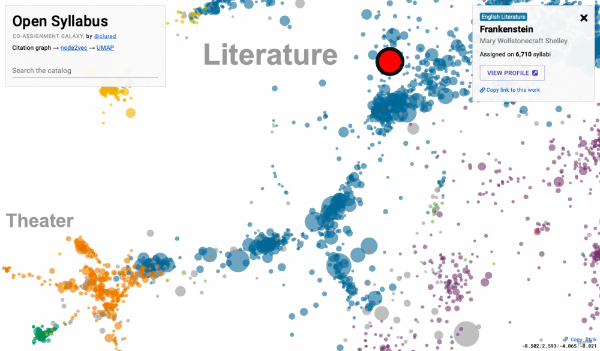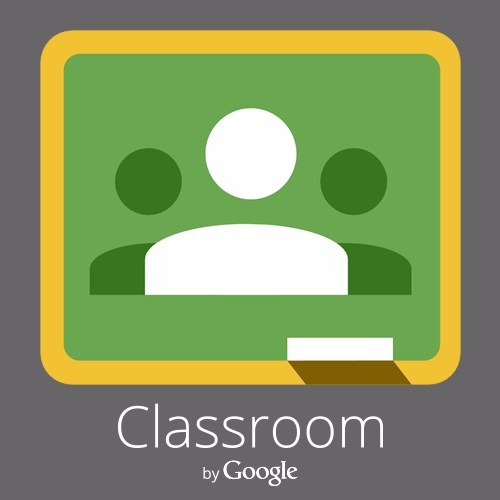 I have been reading about some of the sessions at the International Conference on E-Learning in the Workplace (ICELW) that occurred this month at Columbia University.
I have been reading about some of the sessions at the International Conference on E-Learning in the Workplace (ICELW) that occurred this month at Columbia University.
One keynoter was Dr. Barbara Oakley, Professor of Engineering at Oakland University in Rochester. She is known for her course "Learning How to Learn," which is sometimes described as being "the world’s most popular MOOC." It has had more than 2 million participants. There may be MOOCs with more participants, but her course has been translated into multiple languages and had some serious media attention. It is a broader kind of course and not really aimed at a college audience alone. It fits into a workplace focused conference and lifelong learning. It is described as a course that “gives you easy access to the invaluable learning techniques used by experts in art, music, literature, math, science, sports, and many other disciplines” to learn.
I haven't taken this course, but I plan to this summer. From what I have read, many of the concepts are ones I know from my own teaching and education courses. For example, “how the brain uses two very different learning modes and how it encapsulates (“chunks”) information.” That is something I learning a long time ago in teaching secondary school, and also used extensively in doing instructional design on other professors' courses as they moved online.
I was more interested in knowing what her "secrets" would be for building and teaching that MOOC. I haven't seen any video from the conference, but here are some bits I have found about her session.
She uses the "Learning How to Learn" principles of learning that are being taught in the course in the design of the course. She is not adverse to PowerPoint slides but uses simple visuals to chunk key ideas.
Oakley emphasized the impact of integrating lessons from neuroscience. One of those is neuro reuse theory. The theory was a way to explain the underlying neural processes which allow humans to acquire recently invented cognitive capacities. It attempts to explain how the brain responds to new cognitive processes - think of many of our digital encounters - which are cultural inventions too modern to be the products of evolution. Simple application is her use of metaphors (a key element of neural reuse theory) because they allow students to a quick way to encounter new ideas.
She emphasizes paying attention to production values in creating a course. She did her course production herself at home and says the cost was $5000. I assume that was for software, video hardware etc. Many schools now have production facilities for online course development.
Bottom-up (as opposed to top-down) attentional mechanisms are a theory from neuroscience that she uses to keep attention on the screen. Bottom-up mechanisms are thought to operate on raw sensory input, rapidly and
involuntarily shifting attention to salient visual features of potential importance. Think of the sudden movement that could be a predator. Top-down mechanisms implement our longer-term cognitive strategies, biasing attention toward something like a learned shape or color that signals a predator.
This is a more complex topic than can be covered in a blog post but it is easy to accept that the brain is limited in its capacity to process all sensory stimuli in our sensory-overload physical world. The brain relies on the cognitive process of attention to focus neural resources according to the contingencies of the moment. You can attention into two functions. Bottom-up attention is attention guided by externally driven factors to stimuli. That could be the bright colored popup ad on a screen. Instructional designers can make use of techniques that marketers and game designers have long used. Top-down attention refers to internal guidance of attention based on factors such as prior knowledge and current goals. The overall organizational structure of a course - weekly elements, labels, icons - can take advantage of top-down attention.
She recommended the use of "unexpected humor" to help maintain interest, which can also be a bottom-up technique.
Wherever practicable, theory is instantiated with examples drawn from personal stories.
Overall, this is all about trying harder to engage learners. Oakley pointed out that in a MOOC learners aren’t "caged up like students on campus." MOOC learners are free-range learners - free to come and go, free to stop paying attention or attending class - and if course production values are weak, students are more likely to tune out.
In designing and teaching an online course in the traditional college/tuition/credit/degree situation, we do have students caged more, but that doesn't mean their brains operate differently.
One of Oakley's earlier books is A Mind for Numbers with the subtitle How to Excel at Math and Science (Even If You Flunked Algebra) and her new book this summer is Learning How to Learn whose subtitle is How to Succeed in School Without Spending All Your Time Studying; A Guide for Kids and Teens. Those subtitles remind me that these book and the topics they address are lifelong learning concerns, though certainly of interest to K-20 teachers.
I am planning to take her course this summer before I embark on a new course design project. See coursera.org/learn/learning-how-to-learn I'll follow up on this post when I finish. If I finish. If I don't finish, I guess I'll make some analysis of why - was it me or the course?











 I have been reading about some of the sessions at the
I have been reading about some of the sessions at the 


 When I interviewed for an instructional designer position with Google a few years ago, I was convinced that they were looking to take their Classroom product wider and deeper. I thought that they were ready to take on Blackboard, Canvas et al and start to integrate their free LMS with student information systems, add a gradebook etc. Mixed in with all their existing tools for video streaming (YouTube) and conferencing (Hangouts) plus Docs and the rest, I really expected them to offer a free LMS that colleges would use. It would be very tempting. Look at how many colleges switched over to Gmail as the official institutional mail system.
When I interviewed for an instructional designer position with Google a few years ago, I was convinced that they were looking to take their Classroom product wider and deeper. I thought that they were ready to take on Blackboard, Canvas et al and start to integrate their free LMS with student information systems, add a gradebook etc. Mixed in with all their existing tools for video streaming (YouTube) and conferencing (Hangouts) plus Docs and the rest, I really expected them to offer a free LMS that colleges would use. It would be very tempting. Look at how many colleges switched over to Gmail as the official institutional mail system.